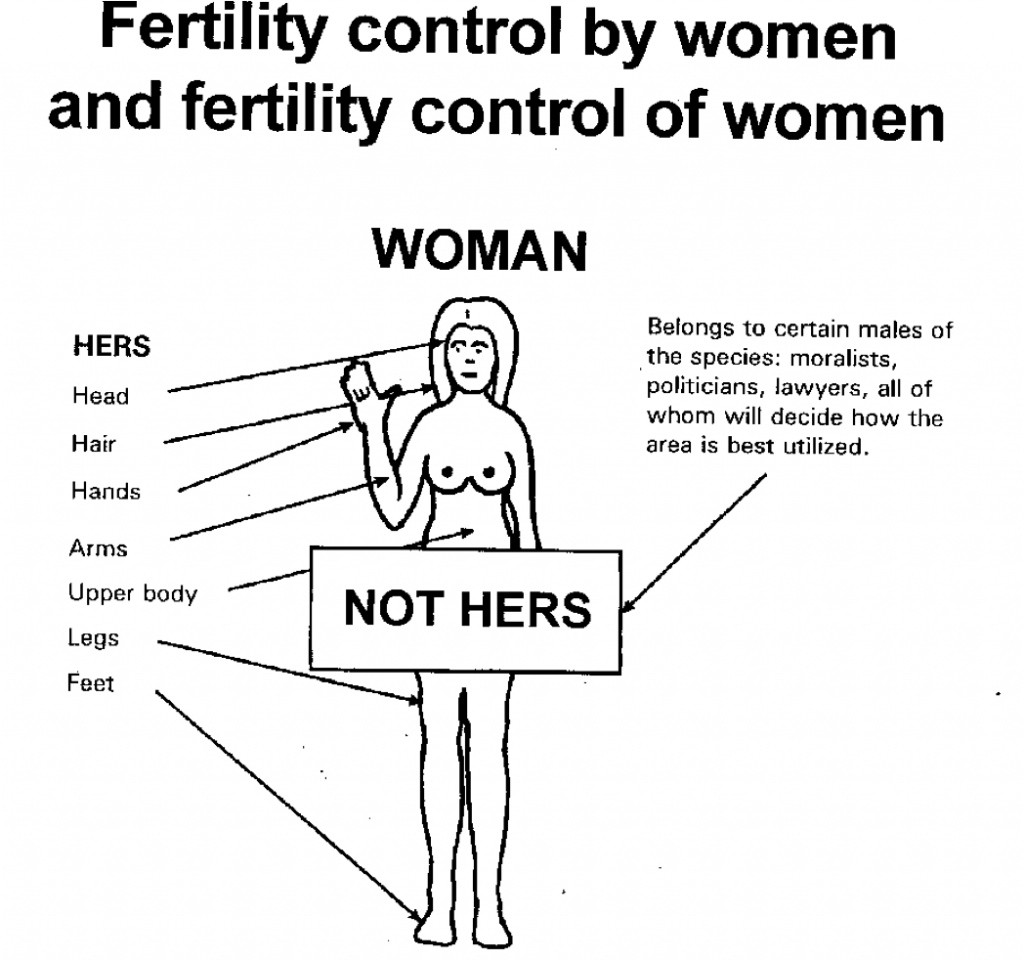Access to Safe Abortion Services: What can healthcare providers do?
ASAP recently led a meeting for representatives of networks of healthcare professionals in the Asia-Pacific region to explore existing strategies and activities related to advocating for #SafeAbortion access. Two long-term healthcare providers and advocates of safe abortion, discussed the challenges they faced when providing safe abortion services and the strategies they adopted therein:
Ninuk Widyantoro, Women’s Health Foundation, Indonesia and former Chair of ASAP spoke about the impact of unsafe abortions on women. She began her presentation by discussing how ‘health’ and ‘reproductive health’ are defined by the WHO and the implications of these definitions on women’s reproductive rights. She clarified that reproductive health implies that apart from the absence of disease and infirmity, people also have the ability to reproduce, to regulate their own fertility and to practice and to enjoy sexual relationships. Ninuk noted that in areas where abortion is not protected by the law, it will lead to unsafe practices which will cause not only unnecessary morbidity and death, but also psychological and social harm and in the long run, impact the quality of life of future generations. She then elaborated on the physical, mental and social impact of unsafe abortions including excessive bleeding, infections, rupture of the uterus, infertility, death, increase in maternal morbidity & mortality, low self-esteem, guilt, frigidity, depression and the loss of women as social contributors.
She also spoke of the importance of using language as a strategy to circumventing restrictive laws and advance the movement for comprehensive reproductive rights. She noted how Bangladesh activists use the term ‘Menstrual Regulation’ instead of ‘abortion’ to sidestep the law as well as personal value systems of health care providers. Similarly, she shared that in Vietnam, advocates were using the term ‘product of conception’ instead of ‘fetus’. Ninuk acknowledged that over the twenty years that she’d been advocating for women’s right to safe abortion, laws were becoming more restrictive. “Our education is not allowing us to be more open. Instead people are becoming more closed.”
Dr. S P Choong, ASAP Steering Committee Member and co-Founder RRAAM, Malaysia, discussed the role of healthcare providers in advocating for safe abortion. He outlined a brief history of the technical revolutions in reproductive health including the contraceptive pill, Karman Cannula for menstrual regulation and RU486 (Mifepristone). He described how the medical fraternity did not allow these technical revolutions to progress because they privately profited from restrictions to access. Therefore, practitioners exaggerated safety concerns, joined anti-choice moral crusaders, encouraged the stigma around abortion and were very judgmental of women seeking safe abortion services. For example, healthcare practitioners have pushed for restrictions on who can access Mifepristone and advocated for surgical abortion over medical abortion because it’s financially more lucrative.
Dr. Choong then listed the various strategies that we can adopt to advocate for safe abortion, including interpreting restrictive laws to their fullest extent, creating a model ‘women centered’ clinic to demonstrate best practices, publishing statistics on how many women access safe abortion services so as to reduce the stigma, fight media sensationalism by highlighting positive stories of women terminating unwanted pregnancies, building a network of doctors who are willing to conduct abortions safely and at a reasonable rate and ensuring that medical students are gender sensitized. Adding to the discussion on how language can be used as a strategy to reduce abortion stigma, Dr. Choong suggested that health care providers could refer to themselves as ‘advocates for saving lives.’








